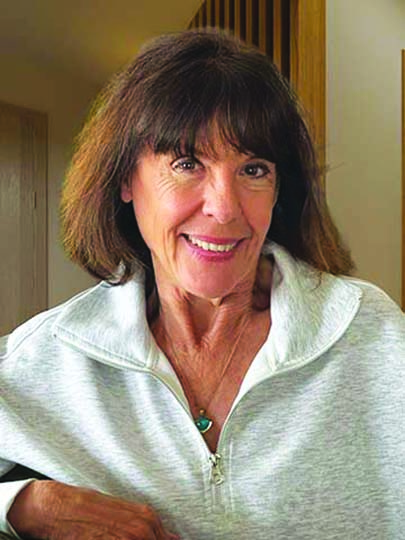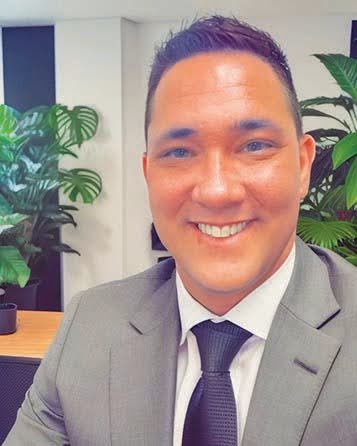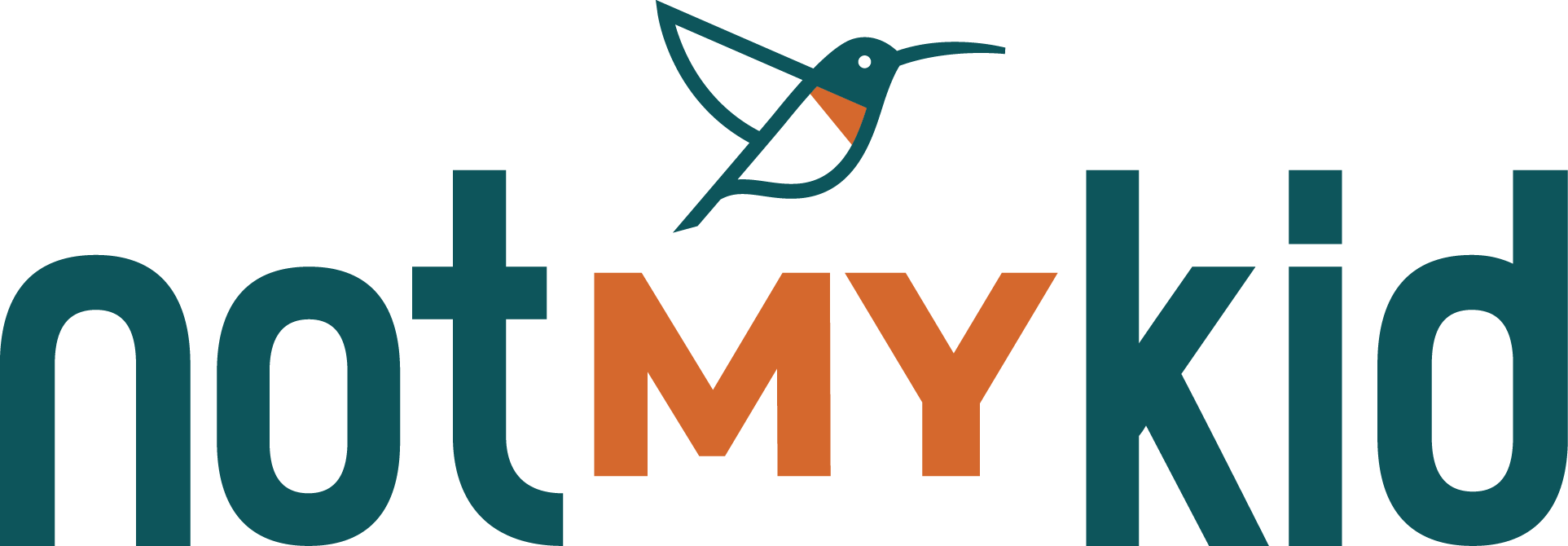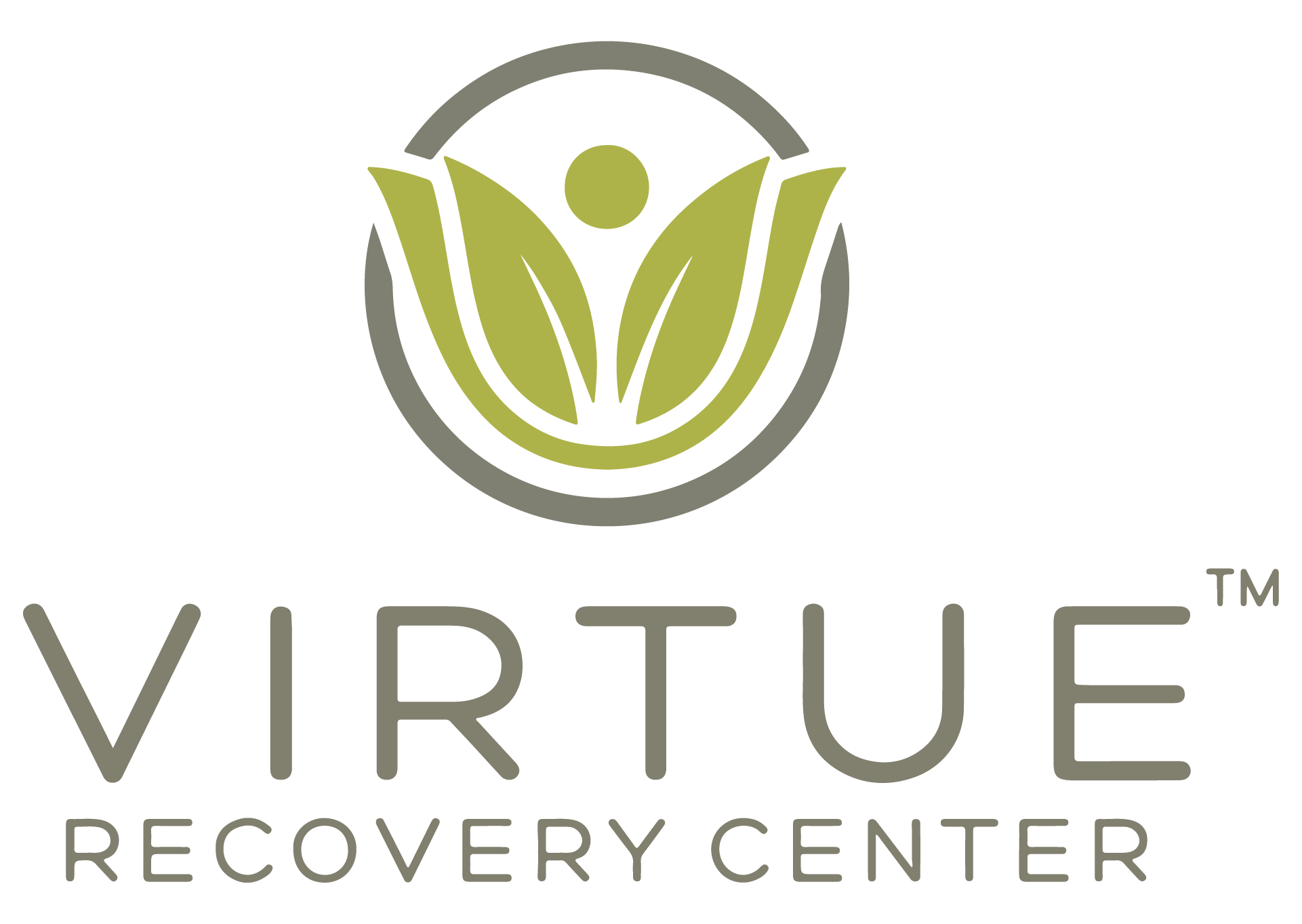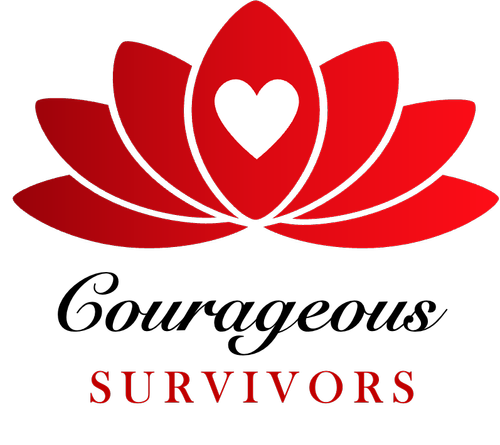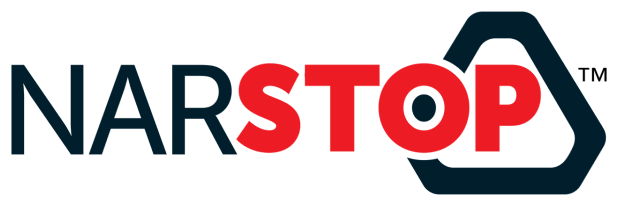Navigating the Maze of Addiction Treatment
By Carey Davidson, MAC, CIP, ICADAC, CAI
At two years sober, I thought I had all the answers. I was heavily involved in my 12 step program and felt incredibly confident in my recovery. I started to gain notoriety in the recovery community, and when people were in crisis, they knew I was a solid resource to whom they could turn for help. I was, and still am— passionate about confronting the disease of addiction.
“Why not?,” I thought. So, I did it. I printed up cards and called myself an “Interventionist.” It was easy. I recalled when applying for my real estate license, I was required to be finger printed and participate in a background check. However, all I needed to do to guide vulnerable patients and their often desperate families through this life-threatening disease was print up a card.
Without the proper training and certification, I had only one tool— my own recovery experience. I placed many people in treatment, but I’ll never know the extent of damage I may have caused families along the way.

Luckily, after a couple of tough cases in a row, I realized my approach, while legal and extremely common in the field, was not in the best interest of those I served.
Families depended on me to guide them and their loved ones into recovery. The course of their lives would be significantly impacted by my guidance, and the work I had done in my personal recovery program ‘could never substitute for the formal education and clinical training I knew I needed’.
Consequently, I enrolled in the Hazelden Betty Ford Graduate School of Addiction Studies, where on the first day they inform you: “If you are looking to get your Masters in the 12 steps, you’re in the wrong place.”
To fulfill my passion to helping others I went back to school and earned a Masters Level degree in addiction studies and counseling, which included rigorous academics and more than 1,200 clinically supervised hours working with patients. I dedicated myself to education because, although my passion for this field hadn’t changed, my responsibilities to struggling families extended far beyond a simple desire to help people. If I was going to offer myself as a credible resource to the vulnerable, I had to become a trained professional with a solid clinical background.
One key difference between a trained professional and a layperson is that a layperson works solely from personal experience and a professional works from an empirically-evidenced theory.
The Families of those in Need
While I can never “undo” what has been done, I have had to own some difficult truths as I’ve moved forward in the field. I now find myself hyperaware of the many untrained interventionists around me who, unfortunately, continue to do harm.
Family can be the most powerful and motivating force in an individual’s life. Those traits, amplified in crisis, can be a family’s greatest asset or liability. There are those in this industry who capitalize on this vulnerability in an unethical manner. It is essential families are able to place their trust in capable, educated, and accountable specialists.
However, because the behavioral health field is so vast, multi-faceted, and unregulated, it’s difficult to know where to begin. Let this article serve as an ethical compass for you to use when navigating the treatment world.
Questionable Treatment Placement Practices
The point at which your life, or life of someone close to you becomes too unmanageable to handle alone feels unprecedentedly vulnerable and frightening to most families. You want to trust anyone who promises a treatment or, in some cases, even a miracle cure. Because you want so desperately to believe what these self-proclaimed “professionals” say, your judgment can understandably become impaired.
A Surge of New Professions
It is crucial everyone be aware of the many questionable treatment placement practices that currently exist in the U.S. The 2008 Parity Act and Obamacare made treatment for mental health and substance use more accessible for millions of people.
Consultants, patient brokers, marketers, treatment placement specialists, and other creative professions surged, often, without formal training for those espousing these titles. While these workers are called different names, they serve the same function: to put “heads in beds.” They are people who, through one method or another, receive kickbacks for getting a patient into a particular facility. These so-called professionals make their money directly by placing someone into a specific treatment program who pays them a “bounty,” a “marketing fee,” or “reward” for “placing” the person with them. “Patient Brokers,” in effect, broker lives for cash.
Interventionists and Treatment Professionals
My intent is not to discredit the challenging and indispensable work of interventionists (or anyone else working in the field). After all, I am one. I married one. However, it is crucial to know there are individuals without any formal behavioral health education, certification, license or clinical training who claim to be “interventionists” or “addiction specialists” that “work” in the addiction field. This is dangerous. Just because a person has been through recovery and/or has watched every season of Intervention on A&E, it does not follow they are qualified to be an Interventionist. While unfortunately legal, it is as reckless as watching Grey’s Anatomy, buying an ambulance, and calling oneself an EMT.
When considering employing the services of an interventionist, or ANY TREATMENT “PROFESSIONAL” involved in recommending a treatment program and involved with patient care, questions must be asked to ensure you find yourself in capable, educated, and ethical hands.
What is the professional’s relevant education? What are their certifications? Does any board license them? How long have they been doing what they do? What qualifies them to make recommendations?
For example, if an interventionist is not able to identify and specifically describe what they do or the intervention modalities they believe would be most effective and why, do not hire them.
If a person who is recommending a treatment center can’t give clear criteria as to why they are recommending a particular center, find out more. Ask if anyone receives any kind of financial compensation or incentives for referrals and/or placement.
Just because someone calls themselves a “professional addiction whatever,” does not mean their decisions are not financially incentivized.
“Kickbacks” have become rampant in the intervention world and can prevent a person from being placed in a program that’s best fit for their needs. Kickbacks can be in the form of money, gifts, or anything that would encourage someone to recommend one program over another in exchange for compensation.
A Parallel Situation
Your doctor tells you he has discovered a potentially life-threatening tumor in your brain and surgery is required. You panic. You don’t know anything about neurology, let alone a good neurologist or neurosurgeon with experience in tumor removal. You want the best option available, so you ask your doctor to recommend the best neurosurgeon in town.
He or she knows of two neurosurgeons who specialize in the type of procedure that could save your life. One does a decent job, but has recently settled a malpractice suit. Due to the lawsuit, this surgeon’s referrals have decreased and he’s mentioned he would be willing to give your doctor a ‘cut of the profits’ for any surgery sent his way. The other neurosurgeon is highly respected — one of the best in the field. Her schedule is often full and services are in high demand, but your doctor has a good relationship with her and knows he can ask her to find time to perform the procedure.
Your doctor writes down the name and office number of the first neurosurgeon and tells you, with a reassuring smile, he’s the better option. You walk out of his office unaware your wellbeing was just compromised for financial gain.
This scenario seems almost too ridiculous to take seriously, but why is that? First, this is a violation of Stark Law (
starklaw.org). Second, it’s difficult to fathom a medical professional would compromise the quality of a life-saving decision because of money. Why is mental health and substance abuse any different if we are, in fact, treating a disease?
This happens to families every day. Most states do not have equivalent laws for non-professionals working in the behavioral health field, and those that do rarely enforce them.
Who is paying the Addiction Treatment Professional?
If someone offers their services at no charge, more often than not, this is a red flag.
If someone isn’t asking you to compensate them for their services, this often means someone else is. They are fully employed, contracted, or financially incentivized by a specific facility, and they have a professional and monetary obligation or “motivation” to recommend clients to a specific program(s).
An independent professional depends upon being fairly compensated or will not mind telling you how they are compensated if it is other than by patients. A best practice would be to use independent professionals are compensated directly by the families they serve.
Again, I implore you to do your homework. These questions may seem blunt, but a professional worth hiring will not get defensive, will answer directly, and will appreciate your asking.
Levels of Care
Addiction treatment has its own vocabulary, often difficult to decode and understand. There are so many acronyms it often sounds like you’re listening to a two-way radio in a police car: IOP, residential treatment, PHP, sober living, OP, extended care, transitional living, day treatment, peer driven care, half way house, gender specific, dual diagnosis, SA, NA, ACOA, trauma informed care, and the list goes on.
Even if you are in a best-case scenario and are sitting across from an ethical professional who is giving you excellent treatment options, it can still feel impossible to make a decision when you don’t understand the language. Furthermore, how can you accurately assess the quality of services when you have no frame of reference for what the baseline should be?
The following is an overview of levels of treatment care. You can determine how they are differentiated in greater detail by researching the American Society of Addiction Medicine (www.asam.org) and identify the differences and approaches in each level of care.
Medically-Managed Intensive Inpatient Services:
This most frequently takes place in the “psych ward” within a hospital setting. If a person has had a suicide attempt, is found to be of harm to themselves or others and placed on a mandatory hold, or has experienced a psychotic break, this is where they will be admitted, stabilized and then transported to another facility.
Medically-Monitored Intensive Inpatient Services
Takes place in a residential treatment setting, provides 24 hour care monitored by nurses, physicians, and credentialed clinicians. In layman’s terms, this is what allows some residential programs to be able to provide a safe medical detox program on the same campus where they provide a residential program. Once a person has been medically cleared and clinically stabilized, they are phased down to the next level of care.
Clinically-Managed, High Intensity Residential Services
A 24 hour, structured environment. Again, changing levels of care does not always mean changing a physical location. It is entirely possible to have three levels of care provided within the same campus. The distinctive element to this level of care is that it is non-medical and clinically managed. The programming provided is focused on maintaining abstinence from substances, delivering intensive therapy, and developing the skills necessary to accept responsibility and promote positive character change.
Clinically-Managed, Medium-Intensity Residential Services
This is also known as extended care and is used to bridge the gap from an intensive therapy schedule in a residential setting to an intensive outpatient program (IOP). It maintains a level of care, but with a lesser amount of therapeutic programming.
Partial Hospitalization (PHP)
If someone is enrolled in a Partial Hospitalization (PHP), they require daily monitoring. A person can participate in a PHP while also living in an extended care facility or sober living home.
Intensive Outpatient Programs (IOP)
Intensive outpatient programs (IOP) requires nine or more hours of structured counseling and education services per week. Psychiatric and medical services can be scheduled in addition to programming but are used as needed. This level of care can be utilized at the same time a person is living in a sober living environment. It is best practice for this level of care to follow residential treatment.
Outpatient Treatment Services
To be designated Outpatient Treatment Services, clinical interaction falls to a level of fewer than nine contact hours per week.
Low-Intensity Residential Services
Low-Intensity Residential Services are better known as Sober Living Environments and were formally known as Halfway Houses. Clinical programming drops down to around five hours of professional addiction services per week. The main focus is reintegration back into work and society while maintaining a structured living environment.
“There are many levels of care available to individuals in need, and they all offer different services. While there are many treatment programs — not all hold themselves to the same ethical standards.”
As you can see, there are many levels of care available to individuals in need of treatment, and they all offer different services. While there are many treatment programs…. not all treatment programs hold themselves to the same ethical standards, nor do they offer the same clinical regime or enforcement of standards, and regulations of marketing strategies are lax at best.
Basic Questions to Providers
An example: What is the treatment setting? Describe your physical plant or campus. Is everything in one place in a “campus” setting 24/7?
If they are housing patients in one place and transporting them to a different location or “center,” the facility is likely getting combining IOP, or other levels of care, with an off-site sober living facility and marketing it as “residential treatment.” While many people get help this way, it is often not what a person expected when they agreed to seek treatment.
While this is not a complete list of questions to ask a treatment provider, it’s a start:
- How is your program licensed? (Residential, IOP/ PHP or ?)
- What is the length of the program?
- What do you do for detox if needed?
- Where are your services provided?
- What is a typical day in your program?
- What is your relapse policy?
- What is your maximum patient capacity?
- How do you work with co-occurring issues?
- How many on your treatment team have Masters Level or above educations?
- Are there medical personnel on-site 24/7?
- What does insurance cover?
- What is your cash pay cost?
- If a client leaves treatment early, is there a refund for unused amount
- What age group/gender do you serve?
- How many one-on-one sessions does a client have with Master’s Level or above clinician per week?
- Is the client expected to prepare their own meals (sober living level) while in treatment?
- How often do you drug test?
- Are phones and computers allowed?
- Is there a family program? If so, please explain.
- Do you have an MFT on staff (Marriage and Family Therapist)
- Is there an aftercare program?
- How does the treatment provider measure “success”?
Insurance and Treatment
While treatment centers all have a cash price, some accept in-network insurance benefits while others either file out-of-network benefits on your behalf or provide you with a super bill (an itemized list of services provided and cost) at the end of your stay. Once a super bill is provided, the patient or policyholder can file for out-of-network reimbursement on their own behalf.
Each treatment center accepting in-network insurance has a usual and customary rate that determines part of your reimbursement. Usual and customary rates vary based on geographic region and are based on what providers in the area usually charge for the same or similar services. For example, if a treatment center offers in-network coverage and has a daily usual and customary rate of $375.00 – your reimbursement is calculated base on this rate. If your plan reimburses 80%, it will reimburse 80% of $375.00 per day. Out-of-network providers are not bound to usual and customary rates as defined by geographic region and can set their fee for services at whatever rate they like – although most (not all) stay close to the usual and customary rate for that reason. Let’s say you are using an out-of-network treatment center and they have set the daily rate at $500.00 and your plan reimburses 20%. Your plan will reimburse for 20% of $500.00.
Whether you are using in-network or out-of-network insurance, the patient or policyholder is responsible for the amount owed that is not covered by your insurance.
In-network insurance can greatly reduce the cost of treatment. Most insurance policies require that a policyholder meet a deductible before the insurance benefits will take effect. Once the deductible is met and pre-authorization (if part of your plan) is obtained by the treatment center, in-network insurance can be used to cover up to 80% (in most cases) of the usual and customary rate. Once the deductible and out-of-pocket minimum is met, insurance can cover up to 100% of services at the usual and customary rate.
Out-of-network insurance works in a similar way to in-network, although out-of-network providers can choose to not file on your behalf and simply provide you with a super bill that you can use to file at the end of treatment. Pre-authorization for services is still required for most plans and cannot be obtained until a person has entered a treatment program. Out-of-network insurance usually reimburses at a much lower rate than in-network insurance and often has higher deductibles and out-of-pocket minimums.
Addiction and recovery impacts the life of an addict and everyone that is around them.
Sadly, it can become Caveat Emptor, or “Let the Buyer Beware,” when it comes to navigating the world of addiction treatment.
Find a qualified professional to help you. People do get better from addiction; the right treatment and treatment provider can make all the difference in the world. Do your homework, and ask the right questions. It can truly be a matter of life and death.
Carey Davidson is a Board Registered Intervention Specialist and Certified Intervention Professional. He holds a Master’s Degree from the esteemed Hazelden Graduate School of Addiction Studies. Carey is President of the Network of Independent Interventionists, sits on the Board of Certification of Addiction Counselors, and is a member of the Association of Intervention Specialists. Carey is trained in all models of intervention and practices only proven addiction intervention methods, implementing the best combination of techniques for each individual intervention. His focus is on helping people that care about someone struggling with substance abuse. Contact Cary Davidson at 800-219-0570 and visit
www.hayes-davidson.com.
 Luckily, after a couple of tough cases in a row, I realized my approach, while legal and extremely common in the field, was not in the best interest of those I served.
Luckily, after a couple of tough cases in a row, I realized my approach, while legal and extremely common in the field, was not in the best interest of those I served.
